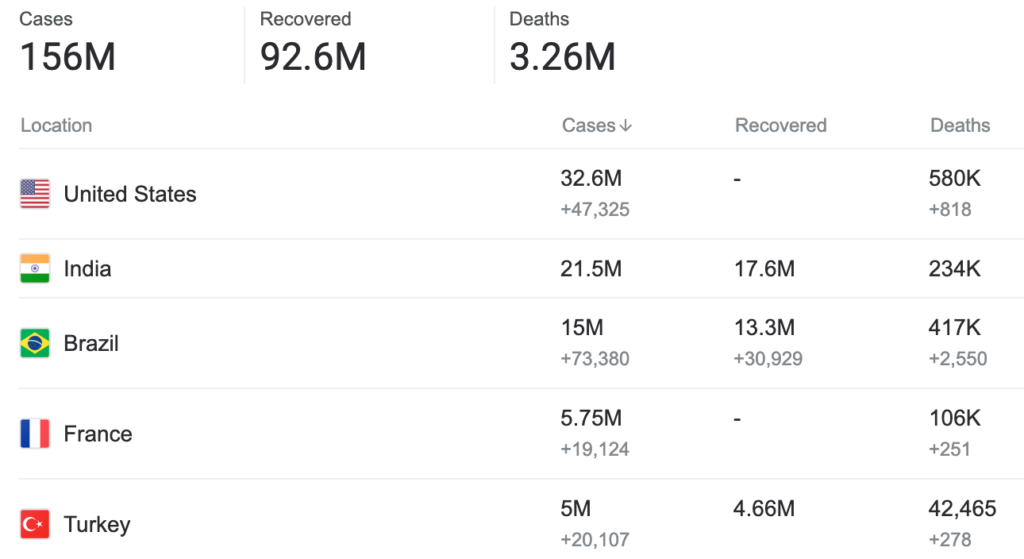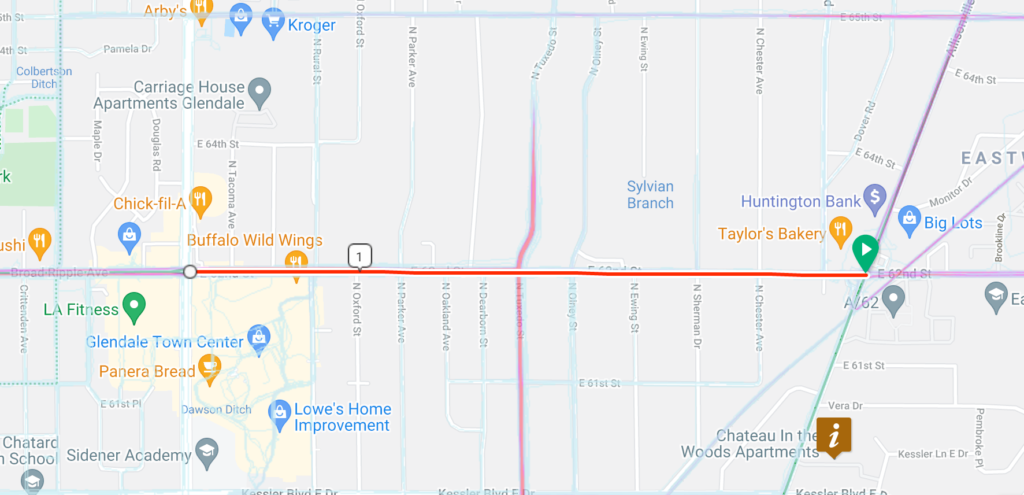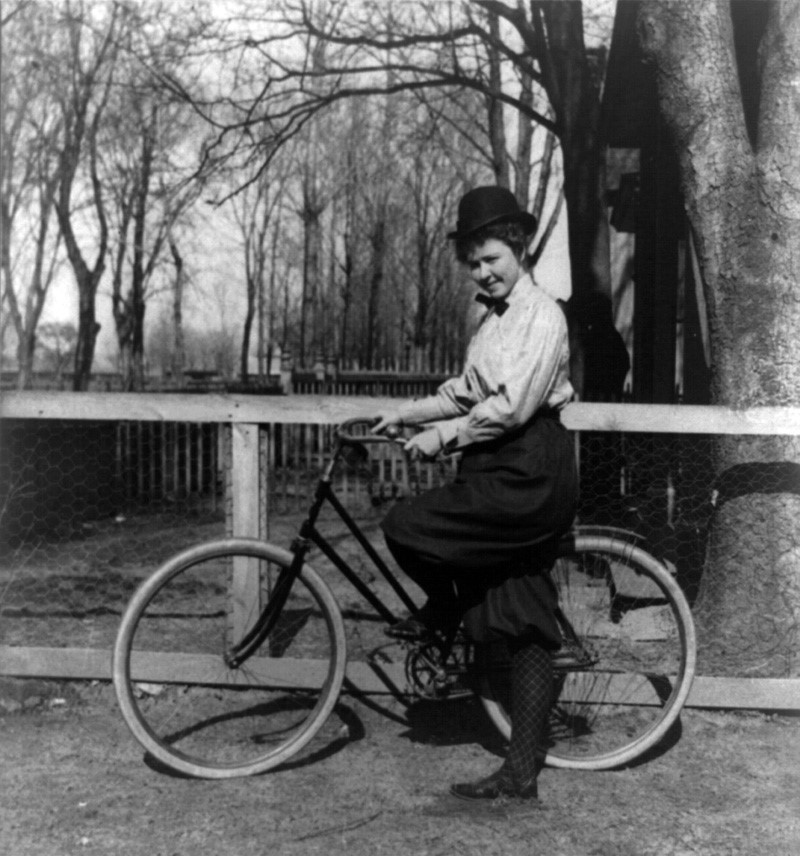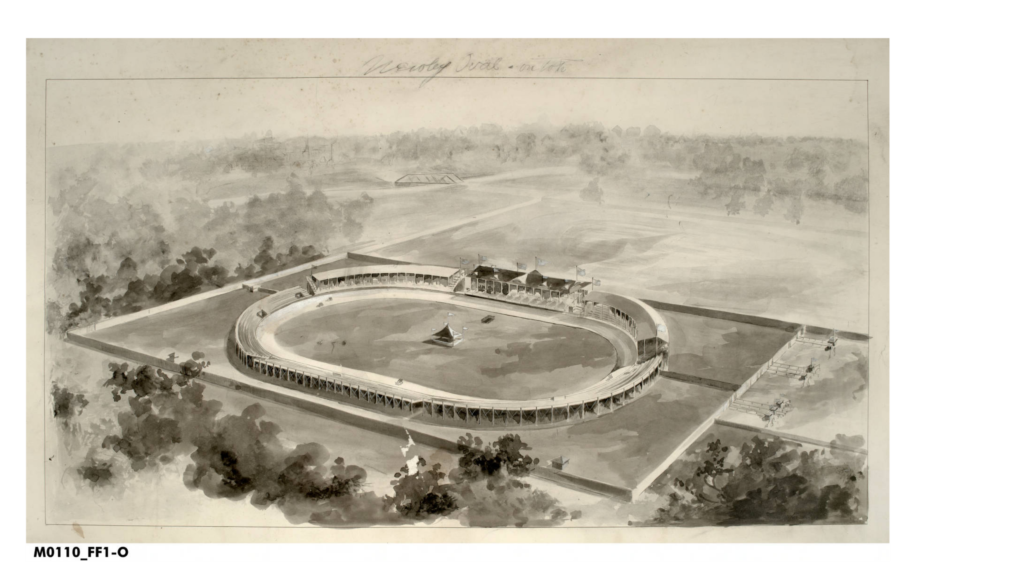From sometime in early 2020 to today (about 15 months), the United States and the rest of the world faced a pandemic that marched through communities across the globe leaving many people sick and many others dead. Epidemics and pandemics are nothing new to the world, but for those who don’t really remember a pandemic in their lives, it is overwhelming, emotionally challenging, and darn right scary. Here is a quick look at some of the numbers:

There are so many questions that have to come to the surface regarding the future and how it will impact humans and communities around the globe. Looking at cultural universals like economy, transportation, climate, politics, education, technology and others perhaps gives human communities an opportunity to think more critically about how their lives changed in the midst of the Covid-19 pandemic. There are stories that will be told for many, many years regarding how life was before and after the pandemic surged through country after country around the globe. Will the stories be about how the human species failed to change when the opportunity presented itself to all of us or will it be more about the changes we made to create sustainable and equitable communities? Although many people will use the pandemic to create change and sustainability, there may be more that will likely go right back to what they were doing – and how will people take that? Especially those who are making massive amounts of money doing what most upper/middle class white people want to keep what they have. While having similar visions of the city, the work of American professionals in each field diverged throughout the twentieth century, contributing to health disparities between urban and sub-urban populations and a failure to recognize the connections between, for example, land-use decisions and public health. (Corburn, 2007)
This little story is about a multi-modal path that allows for those who commute and recreate via walking, wheel chairing, jogging, cycling, scootering, and other non-gas powered motorized modes of movement. One little path as an example of rethinking and reshaping how we live, think and care for each other in our immediate communities and the greater global community.


The 62nd Street Multi-Use Path
This multi-use path was built in 2012 by United Consulting for the City of Indianapolis. The cost of the project to build this 1.35 mile stretch of path was approximately 1.4 million dollars (United Consulting, 2012). Compare this with what it takes to build a stretch of two-lane, undivided road in an urban area in Indianapolis urban would cost approximately 4 million dollars. (Elswick, 2016) Although this is just to share some numbers, it is interesting that our communities are designed so specifically to cars – especially in Indianapolis. The car began to replace bicycles and horses very quickly starting in the late 1800’s and early 1900’s and Indianapolis was a hot bed that was helping fuel the transition. Roads, like most places around the world, were being built very quickly. The bicycle movement of the late 1800s brought attention to the need for better roads. Cyclists of the era made a push for safer, more efficient roads.

Before the American public witnessed early automobiles filling the country’s highways and byways, the invention of the bicycle was considered a groundbreaking innovation in mobility. And soon after mass production of bicycles began in America during the early 19th century, there came bicycle racing. (Tate, 2017) In fact, the 1890’s were considered the golden era of cycling. There were three Indianapolis men: Carl Fisher, James Allison and Arthur Newby who all rode together as part of the Zig-Zag Cycle Club in Indianapolis and all of them had helped create the business, Diamond Chain, and eventually they invested and built the Newby Oval in 1898. The oval was built to draw the League of American Wheelman Convention. It was a quarter mile track with a covered grandstand that would seat 2,000 spectators. It was built on Central Avenue a little north of Fall Creek. The oval was initially a great success; however, after a couple years it dwindled to local activities for local high schools and alternative community events. Times changed quickly and it was clear that bicycling was losing its charm as the motor vehicle became the new way of transportation and a fast and furious sport that would help be built by Fisher, Newby and Allison.
Fast forward approximately 123 years to the 62nd Street multi-use path and there is a story. It’s nothing like building a velodrome nor thousands of miles of paved roadways, but it might be more meaningful for a multitude of people and the future of how people will live. Covid-19 had an overwhelming positive impact that created human physical activity which helped break a possible pandemic in itself –think about this way… perhaps the virus helped people slow down, take in some fresh air, listen to the birds, get to know their neighbors on the path, in the parks and on the bike lanes. It highlighted a new connection to the outside world, an enjoyable route to use to get to work, to slow down while using technology to help the process…like Zoom meetings. Based on conversations with folks on the path, more people walked or rode to the eye doctor, Target, Lowes, Einstein’s, and more during the pandemic – mainly because they could and learned that they kind of liked it. Reluctant homeowners were particularly happy, not just during the pandemic, but in general with what they have seen help keep 62nd Street safer with more active people. People who care about the neighborhood sharing that they see less littering and more community involvement to keep the path nice for everyone.
It’s been about nine years since it was built and although there are some challenges that exist with the way it was designed, it has made a positive impact on the people who live upon it. And the impact, based on conversations with people who use it, is more about being outside, feeling safe from traffic, enjoying fresh air and connecting with the natural environment. The car was brought in to this narrative due to its overwhelming environmental impact. Many people see technology and a curse as getting more done in a day has become an epidemic. But beyond the immediate challenges, they (people) want longstanding problems of urban life addressed, and are willing to embrace changes in policy and personal behavior to do so. (Daalder, Johnson, Kling, 2021).
And although there are already reports of more traffic since Covid-19 restrictions have been pulled back, there is no doubt that multi-modal paths, bike lanes and bike ways in our communities will positively impact our future by helping us slow down, and what needs to be faster is the pathway to do it.